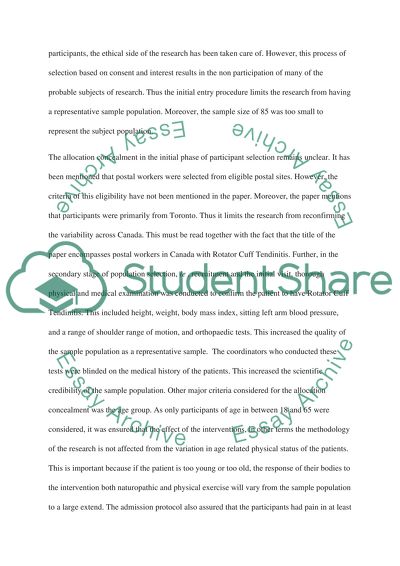Cite this document
(“Methodology of Comparing Quantitative Medical Tests Assignment”, n.d.)
Retrieved from https://studentshare.org/health-sciences-medicine/1432249-critical-research-analysis
Retrieved from https://studentshare.org/health-sciences-medicine/1432249-critical-research-analysis
(Methodology of Comparing Quantitative Medical Tests Assignment)
https://studentshare.org/health-sciences-medicine/1432249-critical-research-analysis.
https://studentshare.org/health-sciences-medicine/1432249-critical-research-analysis.
“Methodology of Comparing Quantitative Medical Tests Assignment”, n.d. https://studentshare.org/health-sciences-medicine/1432249-critical-research-analysis.


